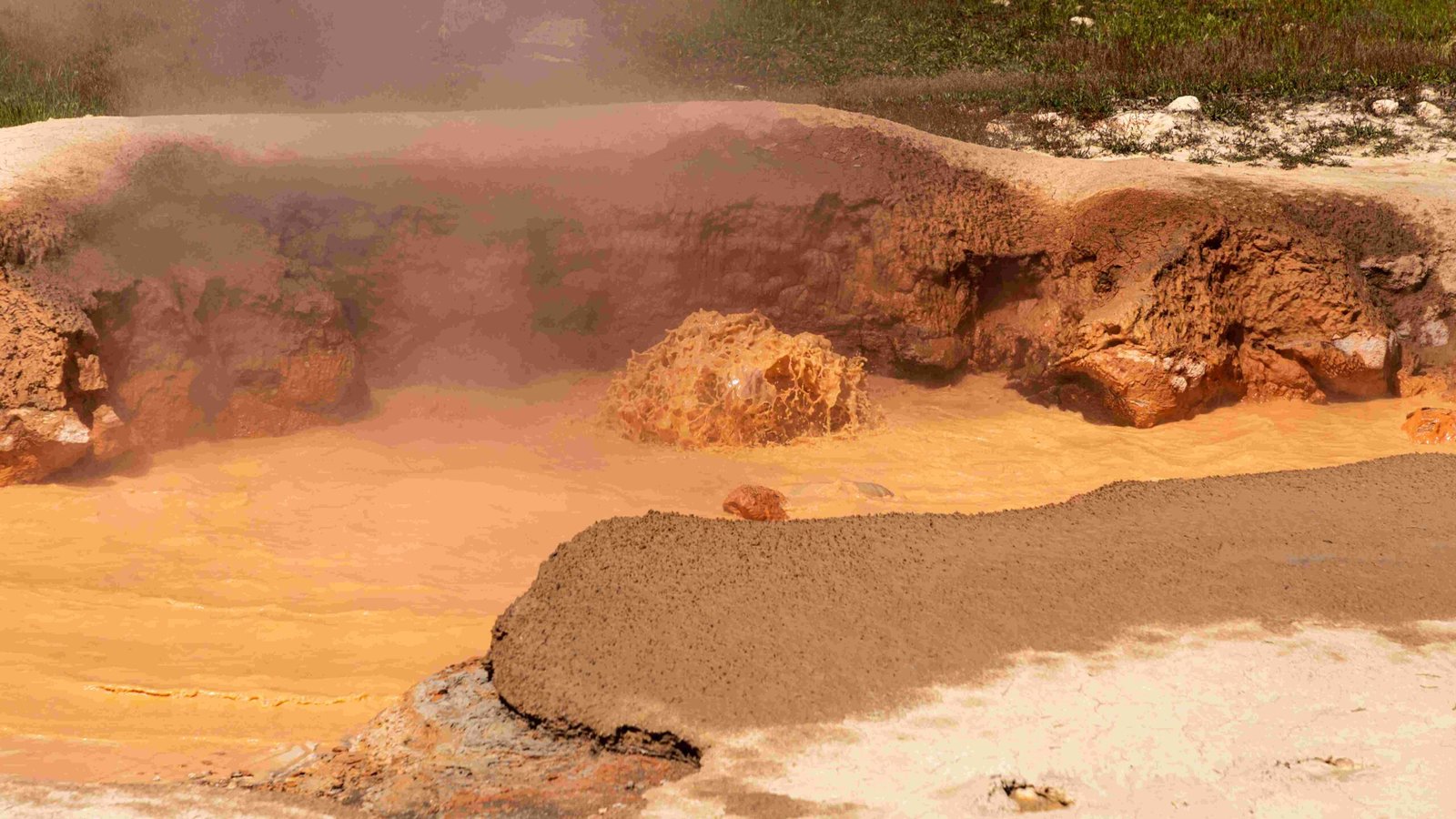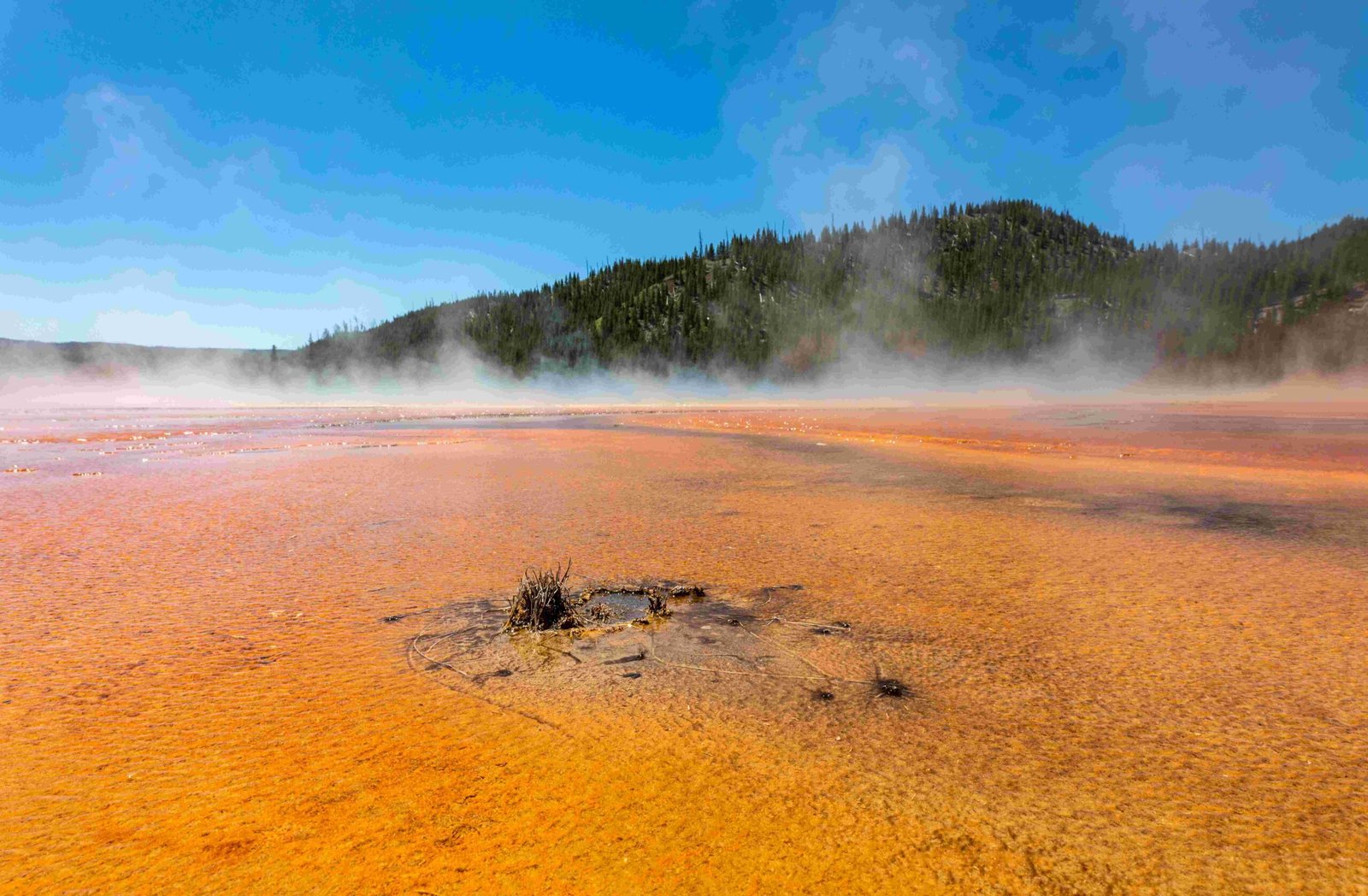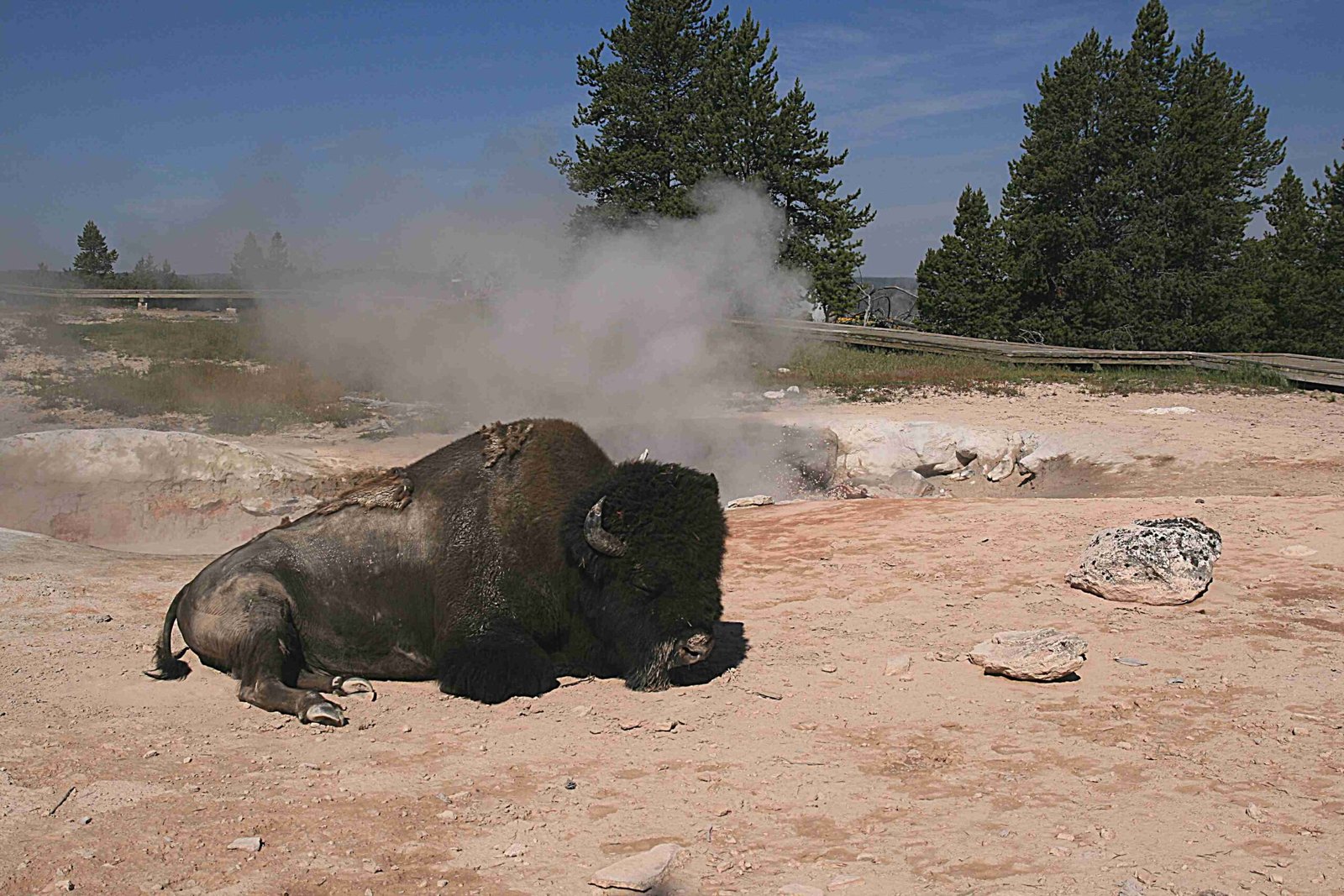In Yellowstone National Park, encounters between tourists and bison have become increasingly common, often with dangerous consequences. Despite clear warnings and regulations, some visitors, aptly described as absolute idiots, continue to challenge these massive animals, risking severe injury or death. This article explores the frequency of such encounters, the outcomes, and the measures taken by park authorities to prevent these dangerous interactions.
What Are the Statistics on Bison-Related Injuries in Yellowstone?

Bison-related injuries in Yellowstone National Park have been a persistent issue:
- Since 1980, bison have injured more pedestrians than any other animal in the park.
- Between 1983-1985, there were 33 bison-related injuries.
- After successful outreach campaigns, injuries decreased to an average of 0.8 per year during 2010-2014.
- In May-July 2015 alone, five bison-related injuries occurred.
A comprehensive study from 2000-2015 revealed:
- 25 people (21 visitors and 4 employees) were injured in bison encounters.
- The average distance from bison before injury was just 3.4 meters.
- 80% of injured individuals had actively approached the bison.
- Common activities leading to injuries included photography and failing to retreat when bison approached.
Why Do Absolute Idiots Challenge Bison?

Several factors contribute to visitors challenging bison:
- Misconceptions about bison behavior
- Desire for close-up photographs
- Underestimation of bison speed and agility
- Ignorance of park regulations
- Thrill-seeking behavior
Many visitors fail to recognize that bison are wild animals capable of unpredictable and dangerous behavior. The desire for a perfect wildlife photo often overrides common sense and safety considerations.
What Are the Consequences of Challenging a Bison?
Challenging a bison can lead to severe consequences:
- Physical injuries ranging from minor to life-threatening
- Being gored or tossed by the bison
- Potential fatalities
- Legal repercussions, including fines and park bans
- Trauma and psychological impact
In 2015, four out of five injured individuals sustained serious injuries while taking photographs or walking near bison at close distances.
How Can Visitors Safely Observe Bison in Yellowstone?
To safely observe bison in Yellowstone, visitors should:
- Maintain a minimum distance of 75 feet (23 meters) from bison at all times
- Use binoculars or telephoto lenses for close-up views
- Stay in vehicles when bison are near roads
- Be aware of bison behavior and signs of aggression
- Follow all park regulations and staff instructions
What Are the Official Bison Safety Tips?
Yellowstone National Park provides the following safety tips:
- Stay at least 75 feet (23 meters) away from bison and other wildlife
- Watch for signs of bison aggression, including:
- Snorting
- Pawing the ground
- Lowering the head
- If a bison approaches, move away immediately
- Never feed or attempt to touch wildlife
- Use designated viewing areas and pullouts when observing bison from vehicles
How Does Yellowstone National Park Educate Visitors About Bison Safety?
Yellowstone National Park employs various methods to educate visitors:
- Graphic flyers distributed at park entrances
- Signs posted throughout campgrounds and developed areas
- Information provided at visitor centers
- Park ranger talks and guided tours
- Online resources and social media campaigns
These educational efforts aim to inform visitors about the dangers of approaching wildlife and the importance of maintaining safe distances.
What Are the Legal Consequences for Challenging Bison?
Challenging bison in Yellowstone National Park can result in legal consequences:
- Fines for violating park regulations
- Potential park bans for repeat offenders
- Criminal charges in cases of extreme recklessness
- Civil liability for injuries caused to others
Park regulations prohibit visitors from willfully approaching, remaining, viewing, or engaging in any activity within 75 feet of bison or other wildlife.
How Can Absolute Idiots Be Discouraged from Challenging Bison?
To discourage absolute idiots from challenging bison:
- Increase fines and penalties for violations
- Implement mandatory safety briefings for all park visitors
- Use technology to monitor and enforce safe distances
- Share stories and images of bison-related injuries to emphasize dangers
- Develop a ‘bison safety pledge’ for visitors to sign upon entry
By combining education, enforcement, and personal responsibility, the park can work to reduce dangerous encounters between visitors and bison.
In conclusion, challenging bison in Yellowstone National Park is an act of absolute idiocy that puts both humans and animals at risk. By respecting wildlife, following park regulations, and prioritizing safety, visitors can enjoy the majestic beauty of bison without endangering themselves or others.
References:
1. CDC – Notes from the Field: Injuries Associated with Bison Encounters
2. CDC Stacks – Risk-enhancing behaviors associated with human injuries from bison encounters at Yellowstone National Park, 2000–2015
3. National Park Service – Bison Ecology – Yellowstone National Park

